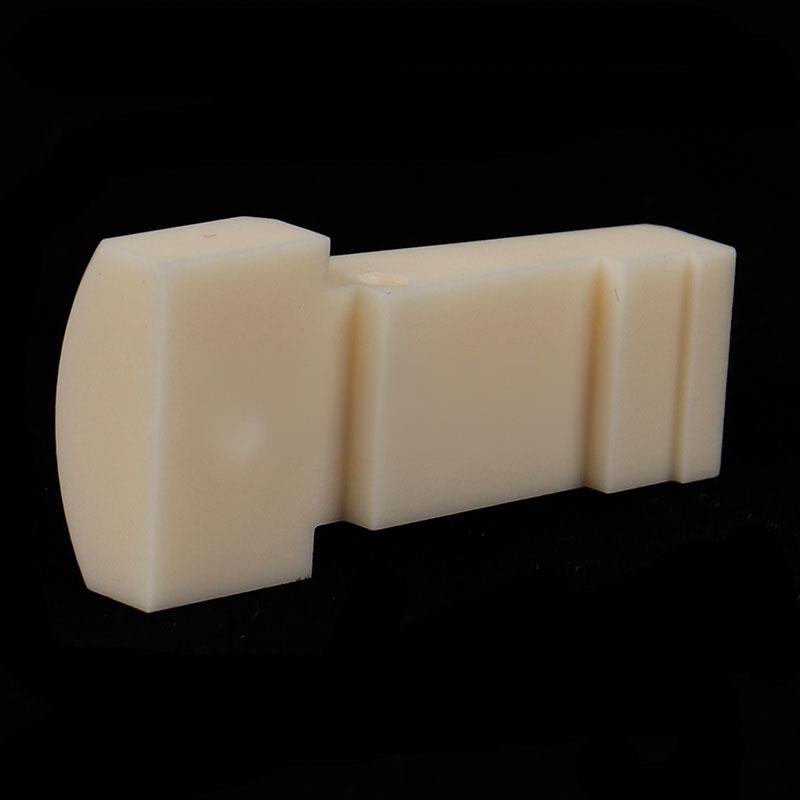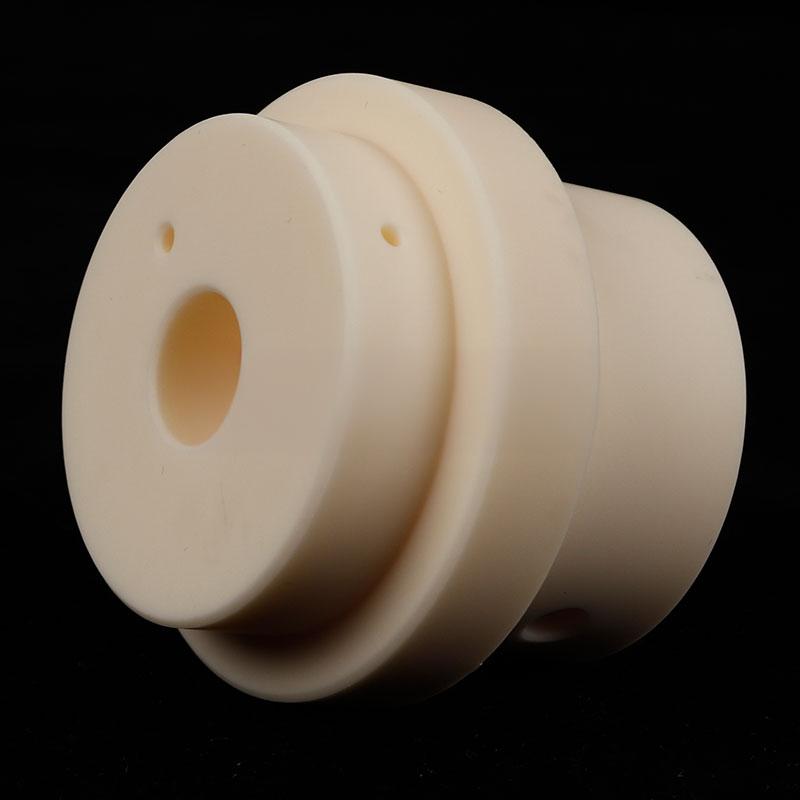What is the thermal expansion coefficient of 95 alumina ceramics
95 alumina ceramics, as a high-performance engineering ceramic, are widely used in the industrial field due to their excellent mechanical strength, high temperature resistance, and insulation properties. Among them, the coefficient of thermal expansion (CTE) is a key parameter for measuring the dimensional stability of materials under temperature changes, which directly affects the reliability and lifespan of devices in high-temperature environments.

Thermal expansion coefficient characteristics of 95 alumina ceramics
The thermal expansion coefficient of 95 alumina ceramics is usually between 6.5-7.5 × 10 ⁻⁶/° C (in the range of room temperature to 800 ° C), which is significantly lower than that of metals and most polymer materials. Its low thermal expansion characteristics stem from the stability of the alumina crystal structure, which can maintain minimal size changes even in high-temperature environments. For example, during sudden temperature changes, the linear expansion rate of 95 alumina ceramics is only one-third of that of ordinary steel, effectively avoiding cracking or deformation caused by thermal stress.

Product application scenarios
The low thermal expansion coefficient of 95 alumina ceramics makes it outstanding in the following fields:
-Electronic packaging: As a semiconductor substrate or packaging shell, it matches the thermal expansion coefficient of silicon chips to prevent interface delamination during thermal cycling.
-High temperature stove: used for heating plates and thermocouple protection tubes to maintain structural integrity during repeated heating cooling cycles.
-Laser component: As a material for the laser cavity, it ensures the alignment accuracy of the optical path under temperature fluctuations.
-Aerospace: Used for sensor brackets to maintain dimensional stability in extreme temperature environments.

Product advantages and problems solved
Advantage:
-High dimensional stability: Low thermal expansion coefficient reduces thermal stress accumulation and extends component life.
-Heat shock resistance: Combined with high thermal conductivity (about 20 W/m · K), it quickly disperses local heat.
-Chemical inertness: resistant to acid and alkali corrosion, suitable for harsh environments.
Problem solved:
-Eliminate connection failures caused by thermal mismatch in electronic devices.
-Replace metal materials to avoid high-temperature oxidation or creep deformation.
-Reduce calibration errors caused by temperature fluctuations in precision instruments.

Customer real case (anonymous)
A certain optical communication equipment manufacturer experienced optical path deviation at high temperatures during the development of laser modules due to a mismatch in the thermal expansion coefficient of the original metal bracket. After switching to the 95 alumina ceramic bracket we provided, the module’s optical power fluctuation was reduced to<0.1 dB during temperature cycling tests from -40 ° C to 85 ° C, and the product yield increased by 30%. Customer feedback: “The dimensional stability of ceramic components has completely solved the long-standing problem of temperature drift that has plagued us

The low thermal expansion coefficient of 95 alumina ceramics is the key to its becoming the preferred material for high-temperature and high-precision applications. By optimizing material formulations and processes, we help customers achieve more reliable performance under extreme working conditions.
Brudeze Ceramics supplies and sells a wide range of high-quality quartz glass, including alumina ceramics, zirconia ceramics, silicon nitride ceramics, aluminum nitride ceramics, silicon carbide ceramics, boron carbide ceramics, bioceramics, machinable ceramics, etc. We can meet the customization requirements of various ceramic products.
Tags: boron carbide ceramics
PREVIOUS:Thermal shock resistance of alumina ceramics
NEXT:Thermal conductivity values and other applications of aluminum nitride
CATEGORIES
LATEST NEWS
- What is Macor processable g...
- The material properties and...
- The reason for the high pri...
- What are the preparation me...
- Why modify aluminum nitride...
- Thermal conductivity values...
- What is the thermal expansi...
- Thermal shock resistance of...
- The average coefficient of ...
- What is high alumina ceramic
